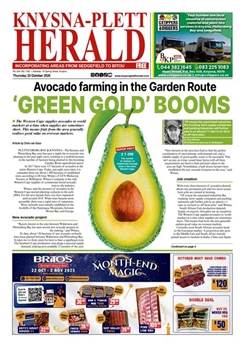AGRICULTURAL NEWS - Speaking to Farmer’s Weekly, Dr Pieter Haumann, CEO of FERTASA, said that all soils were prone to acidification if cultivated and fertilised.
Deep water table soils and relatively sandy soils in the central to western region of the Free State, such as Welkom, Hoopstad, Wesselsbron, Bothaville, Viljoenskroon, Hertzogville and Bultfontein, were of particular concern, he said.
“Because these soils have a very high potential for crop production, their fertiliser requirements are also relatively high. The amount of nitrogen (N) applied at planting is only sufficient to allow for germination and early crop growth, as high N applications at this stage can have a deleterious effect on germination in certain cases.
Traditionally, the rest of the N is applied as a top-dressing as soon as possible after the crop has reached an early vegetative growth phase,” he said.
With current high-yielding maize cultivars, greater quantities of N needed to be applied than in the past. It was essential that the plant never experienced a shortage of N during its growing season, Haumann said.
















